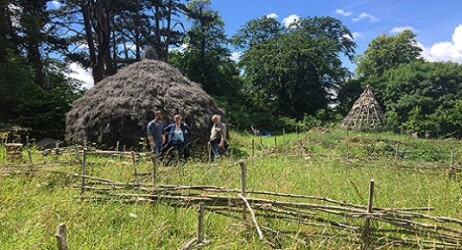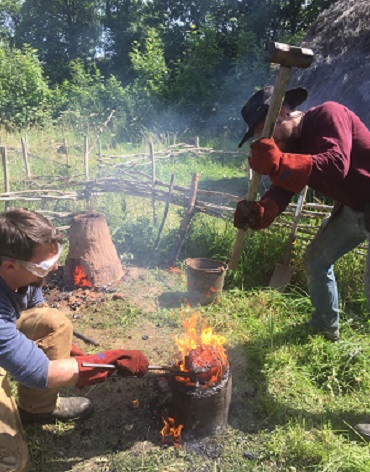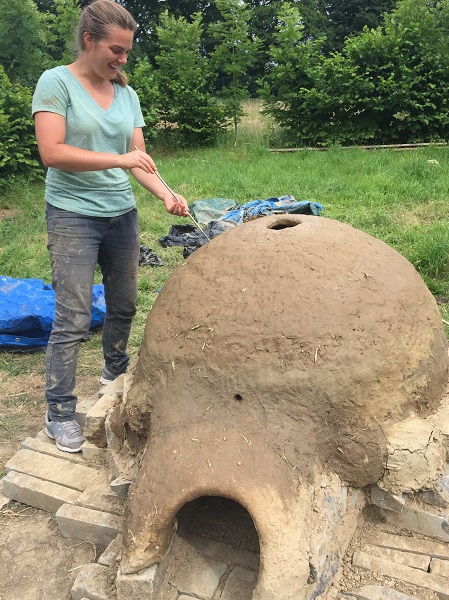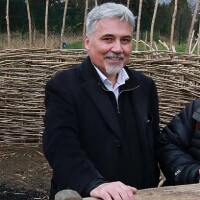At the beginning of August, you realise that whatever plans you might have had back in June for one of those mythical academic summers—gazing out a window thinking profound thoughts, as you work on your latest brilliant book— are now slipping away.
In the first week of August, you realise that time is ticking now to the beginning of semester, and the new academic year. You remember that the first week of teaching is now only 4 weeks off, and you have to be ready for it. You have your programme and module handbooks that you need to finish, checking module descriptions, learning outcomes, assessment strategies and reading lists while ensuring that the deadlines for submissions are correct. You are also ensuring that you are ready for the lectures that will need to be re-written (because you have, in a fit of madness last Spring , foolishly decided to redesign some of your courses…).
But it is still August, so you have other things to do first…mostly relating to administration and summer semester teaching.
I am the Director of the UCD Centre for Experimental Archaeology and Material Culture. This is located on University College Dublin’s leafy campus, and is the only dedicated university campus facility in the world for experimental archaeological research, teaching and public engagement. Experimental archaeology can be defined as the reconstruction of past buildings, technologies, objects and environmental contexts, their testing and use, so as to gain a better understanding of the role of material culture in people’s lives in the past. We explore ideas of craft, materiality, knowledge, skills and the use of different materials to practically test how people made, used and discarded things in the past. We have researcher offices, laboratories, seminar rooms, and most importantly, a large, gated enclosure where we can build replica prehistoric and medieval houses, we can cast bronze brooches, smelt and forge iron, work flint and stone, make and fire pottery in bonfires and kilns, and carry out various experimental archaeology projects on foods and plant remains, in projects ranging in date from the Mesolithic to the late Middle Ages. This summer for example, our researchers investigated early medieval blacksmithing in northwest Europe; the use of Bronze Age woodworking tools in Britain and Ireland; the construction of Bronze Age Minoan pottery kilns in Crete; the manufacture and use of Roman ceramic lamps; the brasing of early medieval ecclesiastical bells so as to cover them in bronze, and so on, and these are only a few of the research projects at CEAMC.
At the beginning of August, I drove across the country to Achill Island, Co. Mayo, to give an archaeology lecture to students enrolled in an archaeological excavation field school. They, along with their site director, were digging a Bronze Age house on the slopes of Slieve More, and in the evenings they attend lectures on various topics. Mine was about how we can use experimental archaeology to investigate the architecture, technologies, and uses of houses in the past. As a university academic, I will nearly always say yes to a request to give a lecture. It feels like public service, and in any case, you’d always like to help a colleague out. It’s enjoyable anyway. Achill Island though, is a long way away, and it’s a long way back to Dublin, so it’s two days work. However, it’s nice to be out of the office and to feel the Atlantic breezes on Keel Bay...



Published: 6 Sept 2017 Categories: History, The Busy Season, Archaeology

